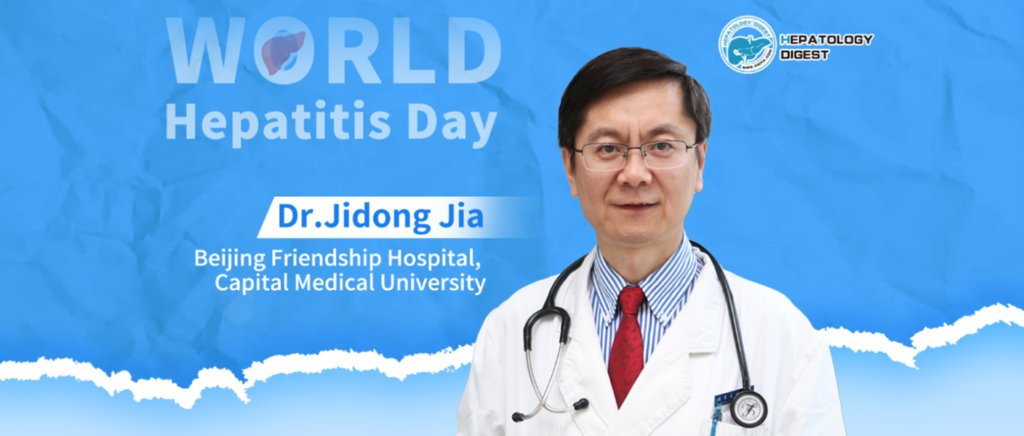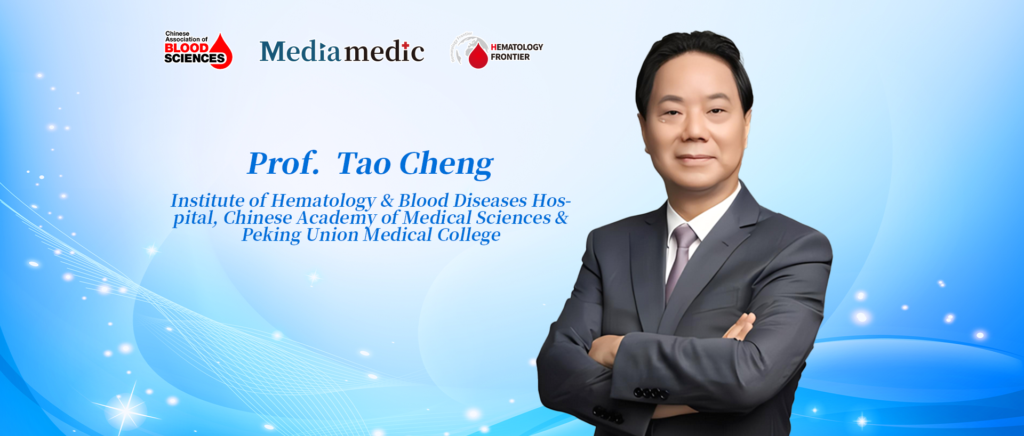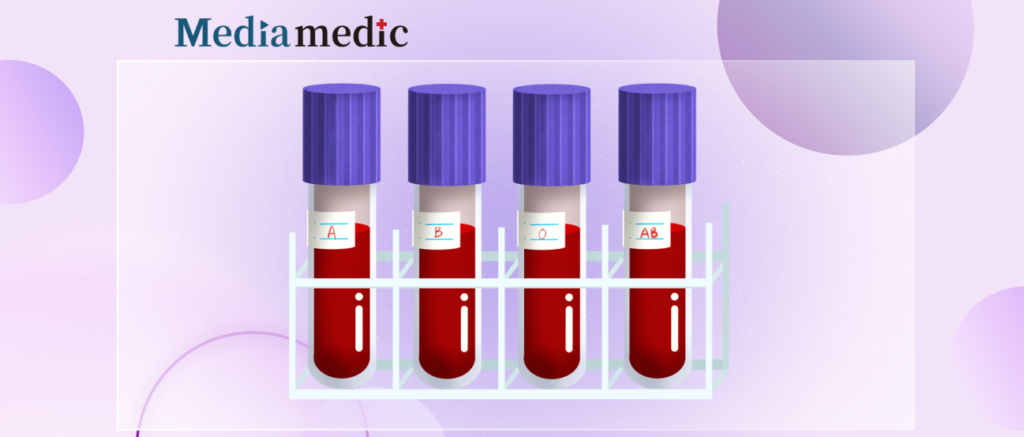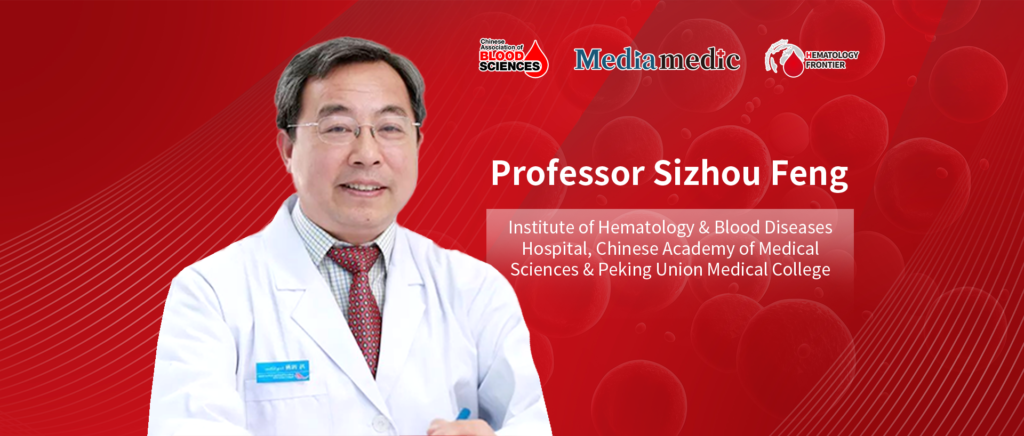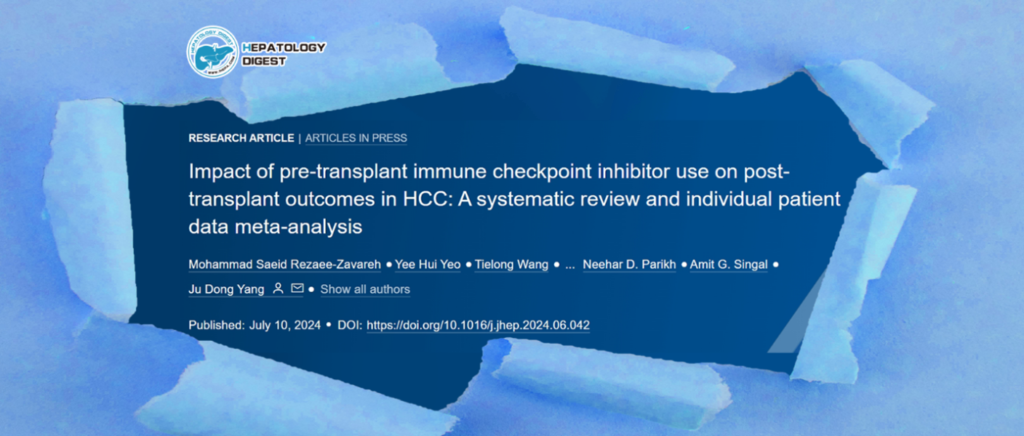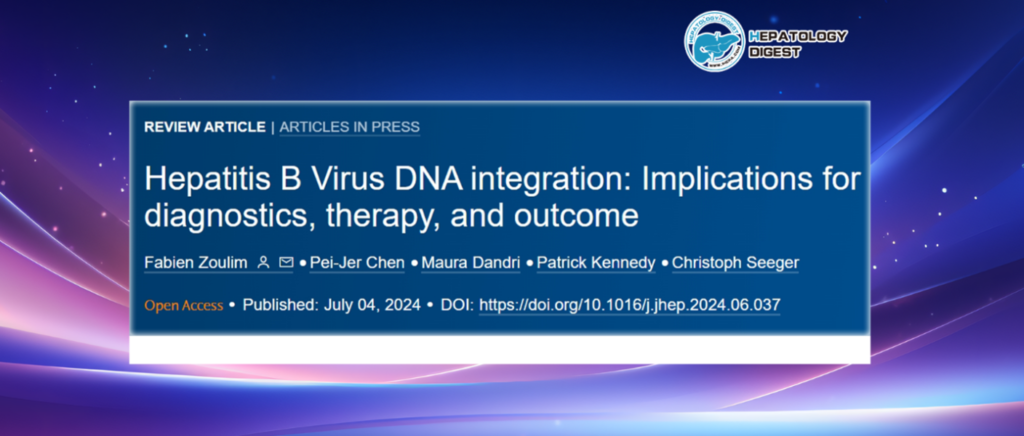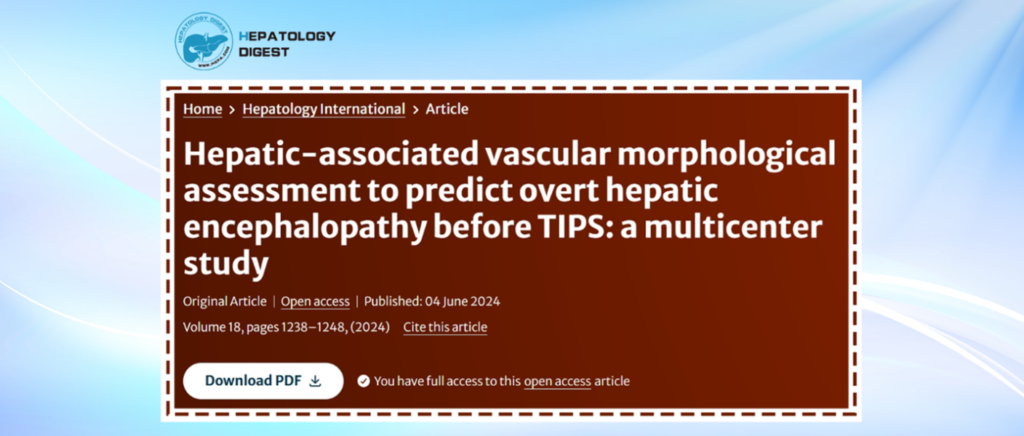Dr. Jidong Jia: In-Depth Analysis of Hepatitis B and C Prevention Strategies, Building a Strong Defense Against Hepatitis
July 28, 2024, marks the 14th World Hepatitis Day. Recently, the National Disease Control and Prevention Administration released a report on the national legal infectious disease situation for May 2024, revealing that viral hepatitis remains the most prevalent category B infectious disease. In light of this, Hepatology Digest interviewed Dr. Jidong Jia from Beijing Friendship Hospital, Capital Medical University, to discuss the transmission routes of hepatitis, prevention measures, and more. Below is the transcript of the interview.

